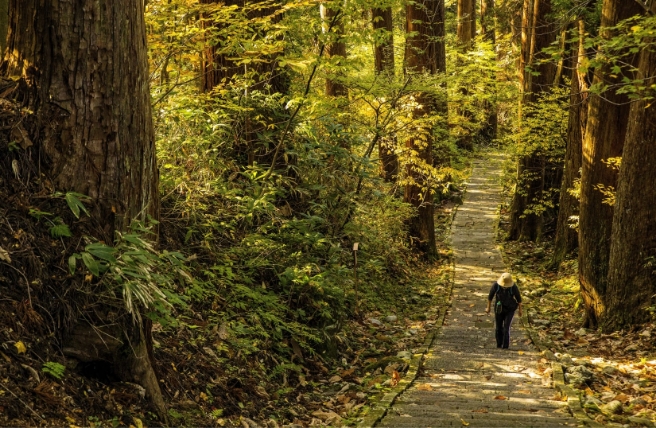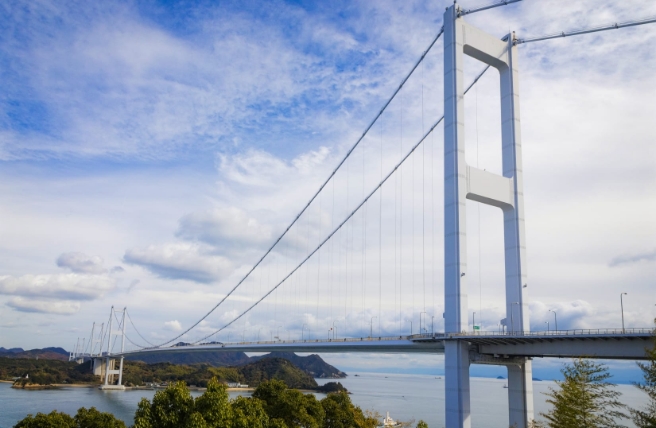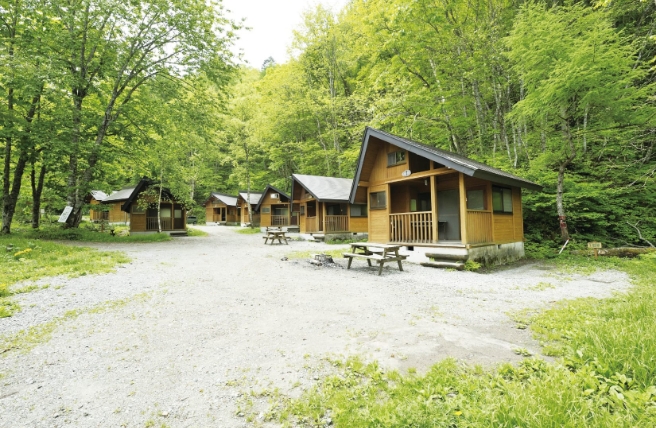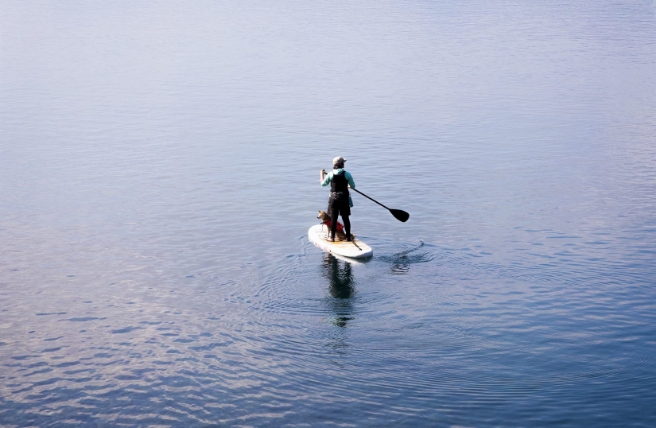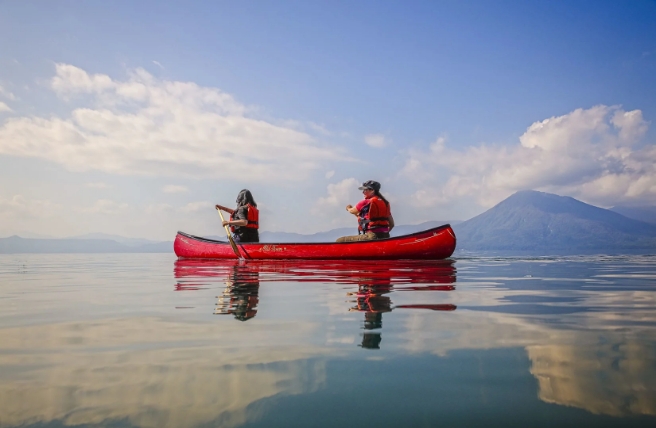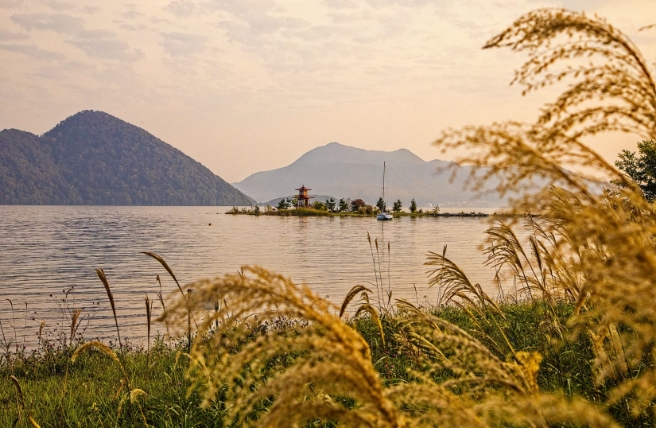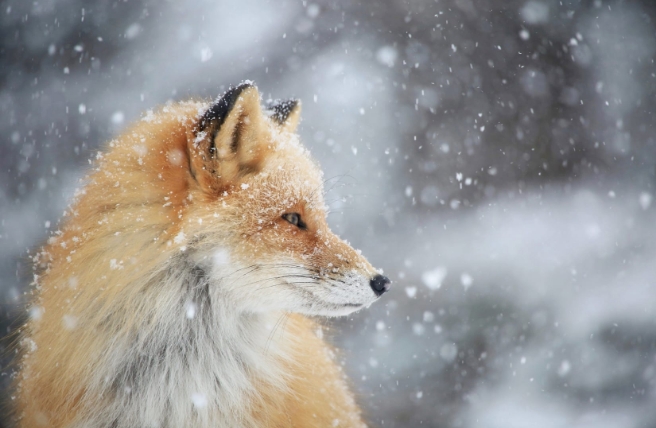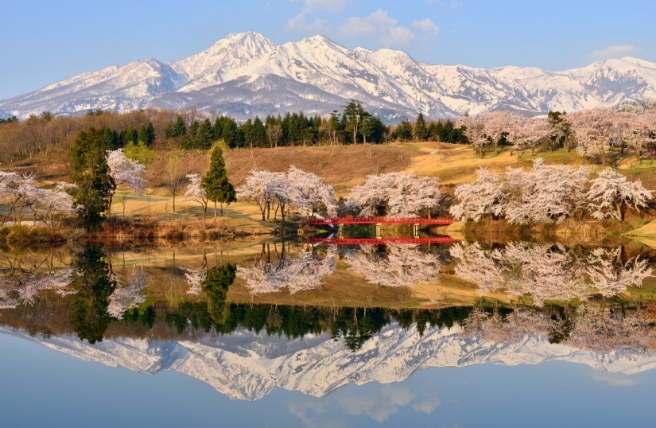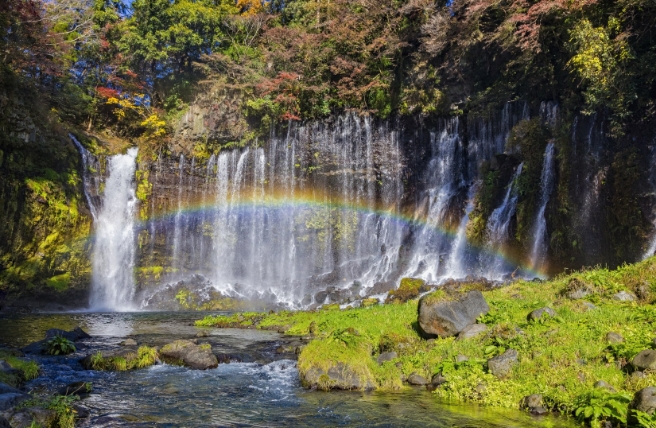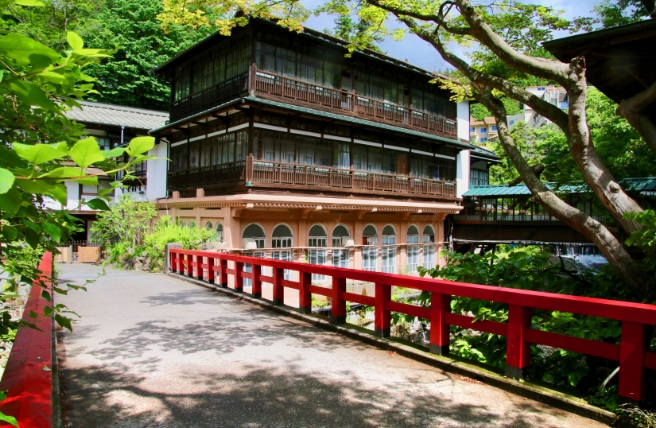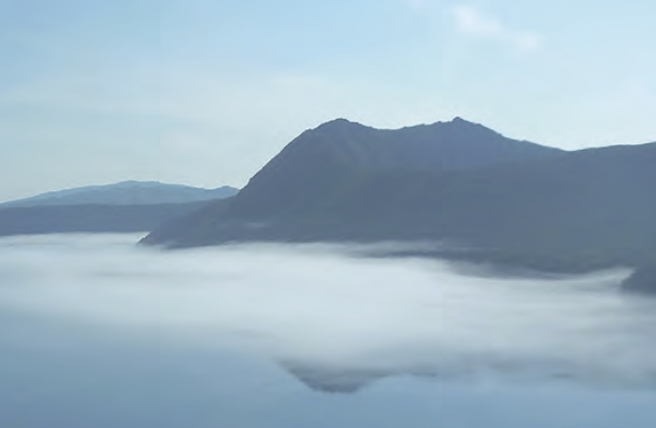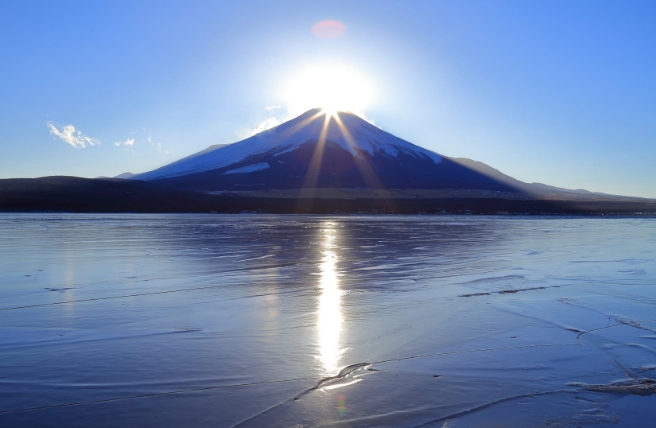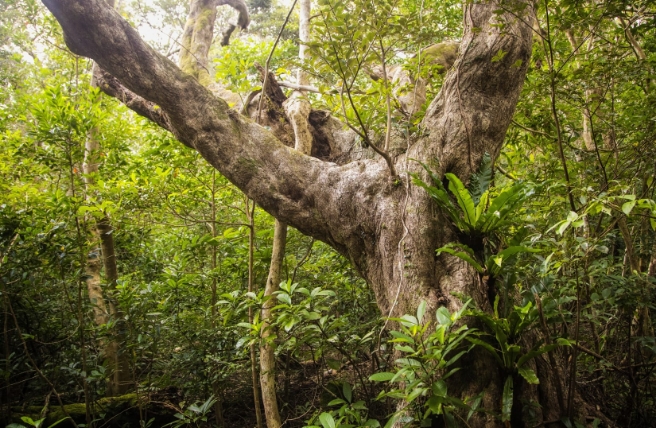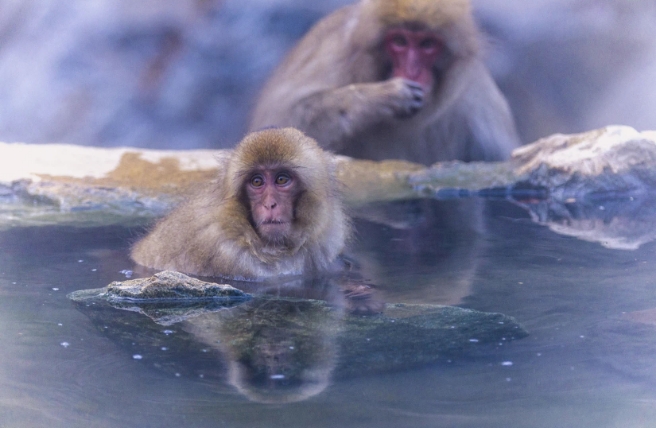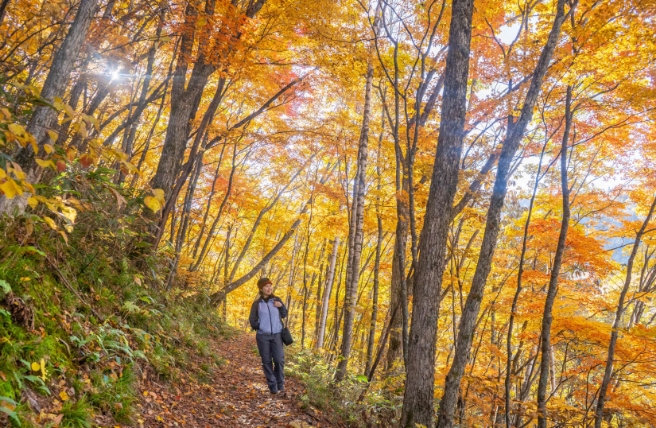Park Ranger Kohei Sasabuchi works hard to preserve precious park resources, while looking to the future of Akan-Mashu National Park
| Ranger | Kohei Sasabuchi |
| Park | Akan-Mashu National Park |
| Recommended Spot | Lake Kussharo |
* This article was written based on an interview conducted with the park ranger in January, 2022.

Kohei Sasabuchi has worked for the Ministry of Environment for over 15 years, and has worn a lot of different hats in that time. His interest in becoming a park ranger was sparked while studying at university. He was part of a two-week-long study abroad program to the U.S., where he visited both Death Valley and the Grand Canyon national parks. “During the trip I learned a lot about the nature and history of these incredible places. It definitely made a lasting impression on me, especially seeing park rangers on the job.”
Sasabuchi now works at Hokkaido’s Akan-Mashu National Park, a role he has held since 2018. But throughout his career, Sasabuchi has been involved in many important projects focusing on nature conservation and preservation. He has helped draft the regulations for eco tourism in the Kerama Islands, to reintroduce the Japanese crested ibis on Sado Island and formulate the National Biodiversity Strategy and Action Plan, and to oversee the “Project to Fully Enjoy National Parks,” an initiative aimed at revitalizing national parks across the country through grassroots and national promotion and conservation efforts.
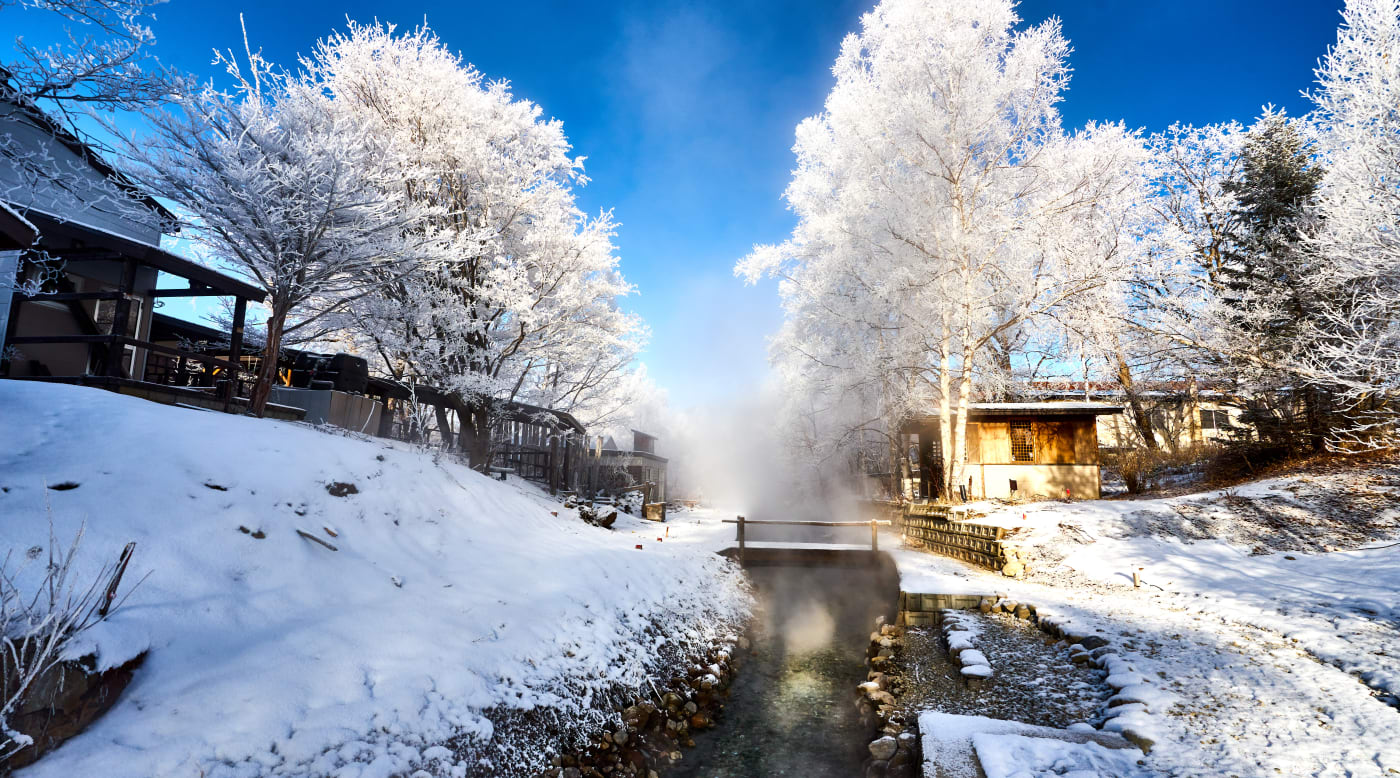
Getting back to nature
In 2009 Sasabuchi was in charge of a project to reintroduce the Japanese crested ibis (known as toki in Japanese) to Sado Island. Sado, an island off the coast of Niigata Prefecture, was once home to a native population of the birds, but overhunting and the agriculture industry brought them to the verge of extinction by 1981. The first breeding success was in 1999, and efforts continue to this day, with the ultimate goal of reintroducing the birds to their native environment, and restabilizing their wild population—no easy task.
“Reintroducing a species presents special challenges, since their instincts are vastly different from creatures born in the wild. We worked with local rice farmers to create an environment where the released ibises would have plenty of food to thrive. This wasn’t merely preserving nature, but utilizing natural resources and cooperating with the community to add more diversity to it.”
Although Sasabuchi is no longer involved, the project has seen considerable success. Birds released from captivity have reintigrated into the wild and bred, and as of 2020, the total population of Japanese crested ibises on Sado Island is over 400.
Turning challenges into opportunities

Today, Japan’s national parks face many different challenges, and Akan-Mashu National Park is no exception. When asked, Sasabuchi says that he’s noticed potential effects of global climate change in the time he has been at the park. “The harshness of winter in Akan-Mashu is actually one of the park's distinguishing features. Temperatures seem a little milder, as does the amount of snowfall, so there is concern about its potential loss.”
COVID-19 has also impacted the park. As inbound travel to Japan stopped and domestic travel decreased, Sasabuchi says he’s noticed a trend. “It seems like there has been an increase in demand for individual or personal outdoor travel, including outdoor activities.” It’s here that he thinks Akan-Mashu and other parks around the country have an opportunity.

“This is perhaps one of the best times to engage with local communities to try to improve the programs, facilities, and services available to future visitors. A lot of people actually live in the national parks, and as a result, each park has its own unique culture derived from people living in nature. Working with the community helps to preserve and advance that culture, to hopefully make it more accessible, and easier for visitors to engage with. It’s a symbiotic relationship. People who live in the park work to preserve and enrich their environment. Nature enriches their lives, and helps inform and advance local culture.”
Sasabuchi is currently working on revitalizing hot spring towns around the park, which have seen a decline in popularity throughout the years. There is a long-term revitalization project in cooperation with locals that will see abandoned buildings demolished and existing facilities renovated. He says the park is also strongly considering promotions around the theme of “Adventure Travel.”
“I think that the concepts of cultural exchange, nature, and activity combine to create the experience of adventure travel. Since COVID has increased the demand, we want to move away from, say, group tours where people board a bus and go from place to place, and instead focus on exciting activities that cater to individual preferences.”

Only in Akan-Mashu
When he first moved to Akan-Mashu, Sasabuchi says he was worried. “In January temperatures drop to minus 20 degrees Celsius, and I couldn’t imagine how anyone lived in a place so cold.” But before long, he fell in love with the lifestyle.
“There are beautiful scenes that can only been seen in winter, when extremely cold air and the heat of the Earth combine together.”
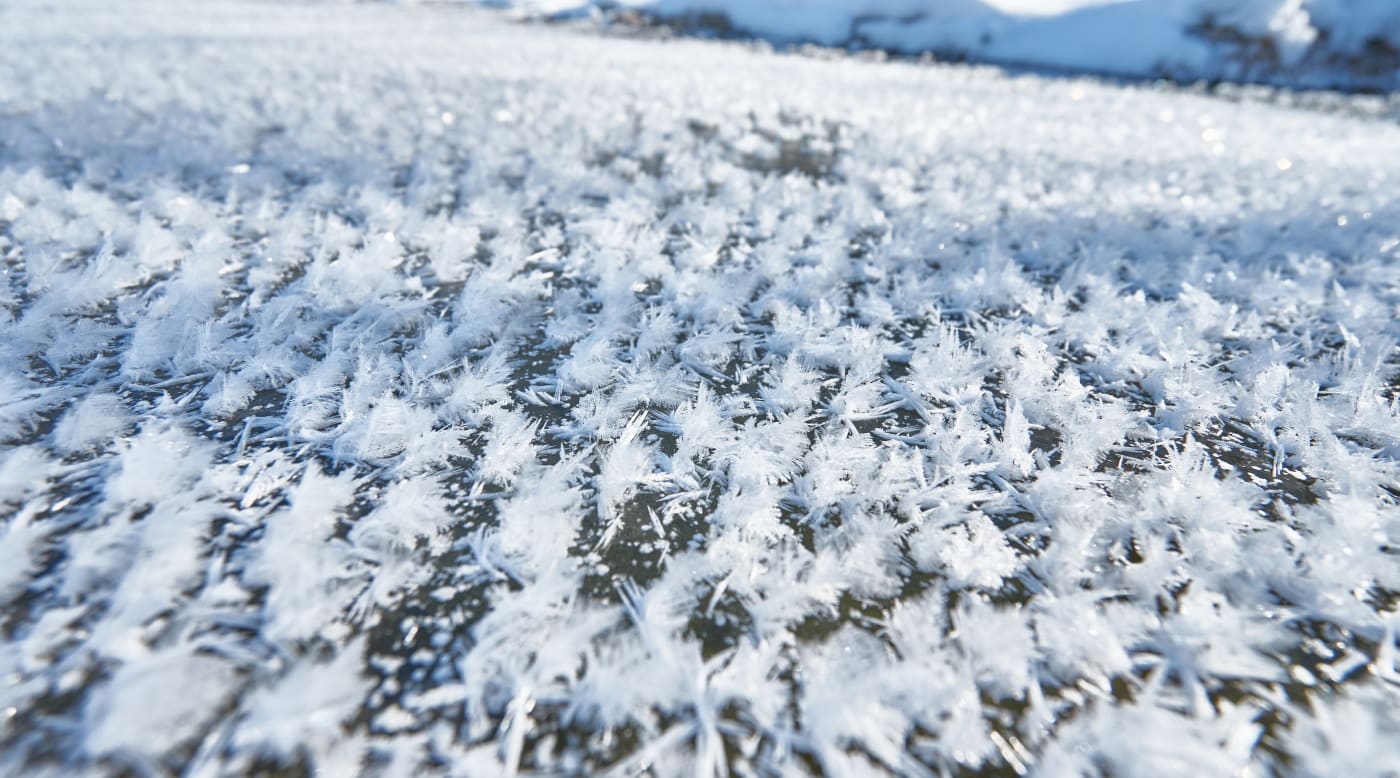
He strongly recommends a visit to Lake Kussharo for anyone willing to brave the winter cold. “There is a hot spring river. Water vapor rises from the river and freezes on the branches of nearby trees, turning them white. The hot spring river flows into the lake, and melts the ice at the river’s mouth. When the air temperature drops sharply in the early morning, the ice on the lake refreezes, forming patterns of ice crystals that resemble intricate flowers, commonly called “frost flowers.”
In addition to the scenery, visitors can enjoy a wide variety of winter activities, like snow shoeing, cross-country skiing, and of course, bathing in natural hot springs. They also have the rare opportunity to connect with the culture of the Ainu, northern Japan’s Indigenous people.
“Ainu culture is special. It can only be experienced in Hokkaido, and there are many places in Akan-Mashu with strong connections to the Ainu. Their culture developed over the centuries in harmony with nature. It is an incredibly important aspect of the park, and I hope that more people will take an interest in it.
